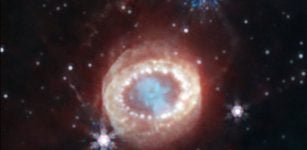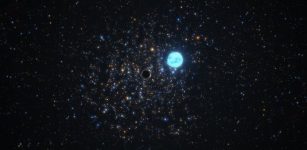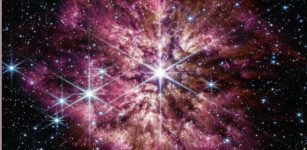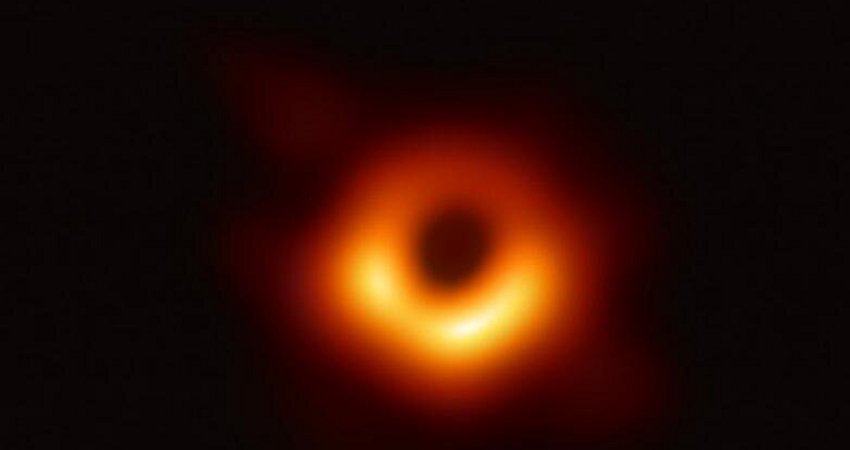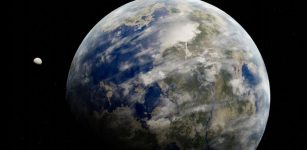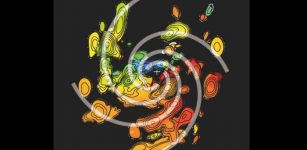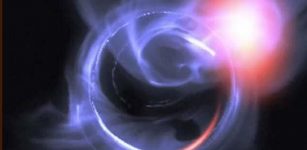Exoplanet May Have Been Kicked Out Of Its Birthplace – Is An Unknown Perturbation Involved?
MessageToEagle.com – A planet discovered last year sitting at an unusually large distance from its star – 16 times farther than Pluto is from the sun – may have been kicked out of its birthplace close to the star in a process similar to what may have happened early in our own solar system’s history.
The star, HD 106906 – located 300 light years away in the direction of the constellation Crux – is similar to the sun, but much younger: about 13 million years old, compared to our sun’s 4.5 billion years.
In 2014, a team led by Vanessa Bailey at the University of Arizona discovered a planet HD 106906 b around the star weighing a hefty 11 times Jupiter’s mass and located in the star’s distant suburbs, an astounding 650 AU from the star (one AU is the average distance between Earth and the sun, or 93 million miles).
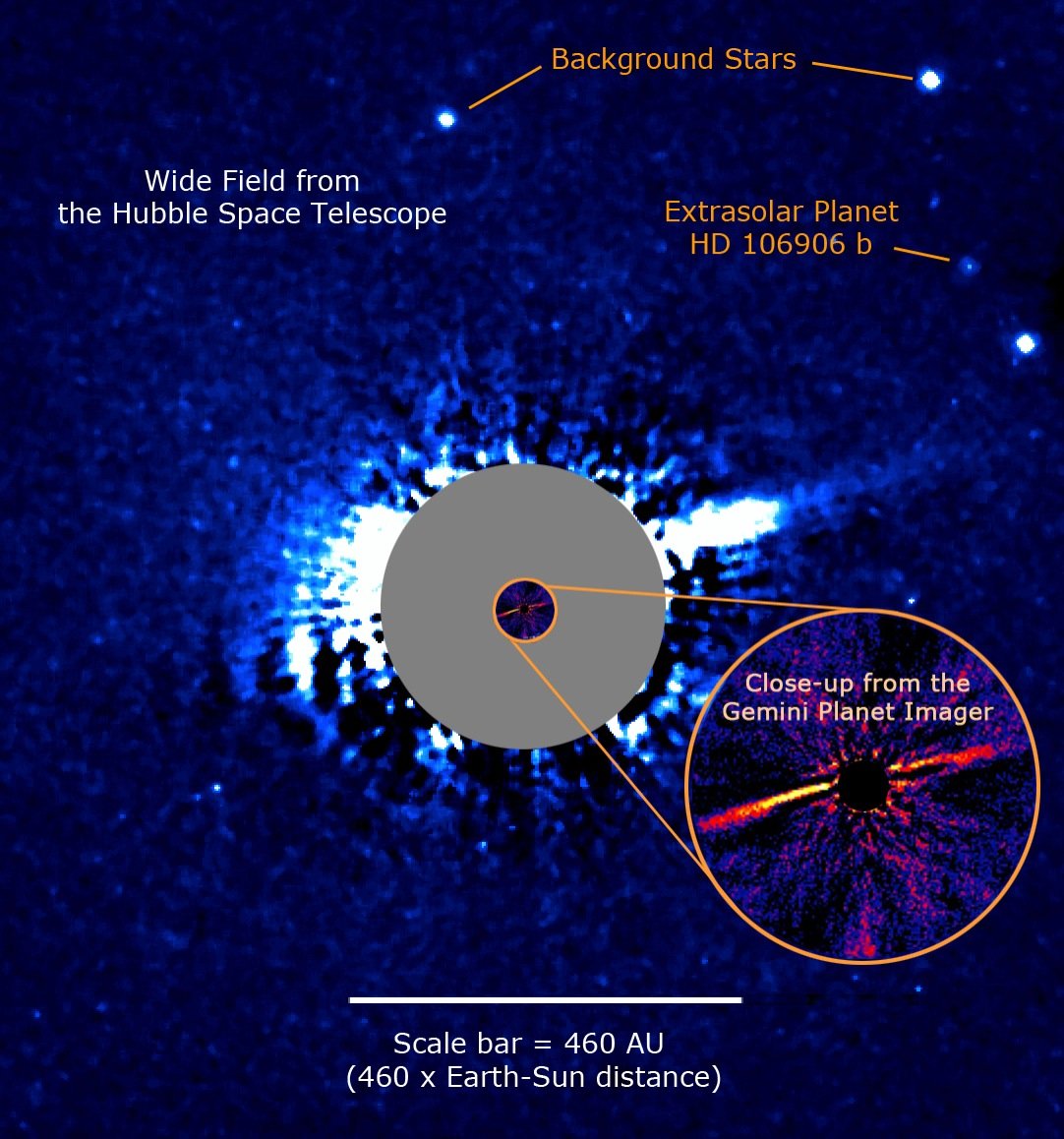
Planets were not thought to form so far from their star and its surrounding protoplanetary disk, so some suggested that the planet formed much like a star, by condensing from its own swirling cloud of gas and dust. The Gemini Planet Imager (GPI) in the Chilean Andes and Hubble discovery of a lopsided comet belt and possible ring around the planet points instead to
- a normal formation within the debris disk around the star, but
- a violent episode that forced it into a more distant orbit
The planet may even have its own ring of debris that it dragged along with it.
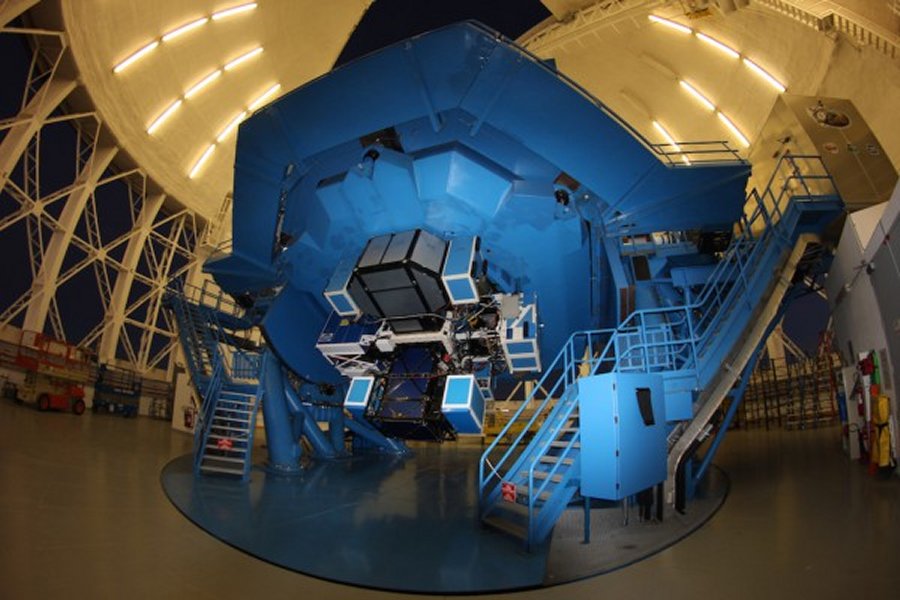
“We think that the planet itself could have captured material from the comet belt, and that the planet is surrounded by a large dust ring or dust shroud,” said Paul Kalas, an adjunct professor of astronomy at the University of California, Berkeley. “We conducted three tests and found tentative evidence for a dust cloud, but the jury is still out.”
“The measurements we made on the planet suggest it may be dustier than comparison objects, and we are making follow-up observations to check if the planet is really encircled by a disk – an exciting possibility,” added Abhi Rajan, a graduate student at Arizona State University who analyzed the planet images.
Such planets are of interest because in its youth, our own solar system may have had planets that were kicked out of the local neighborhood and are no longer among of the eight planets we see today.
“Is this a picture of our solar system when it was 13 million years old?” asks Kalas. “We know that our own belt of comets, the Kuiper belt, lost a large fraction of its mass as it evolved, but we don’t have a time machine to go back and see how it was decimated. One of the ways, though, is to study these violent episodes of gravitational disturbance around other young stars that kick out many objects, including planets.”
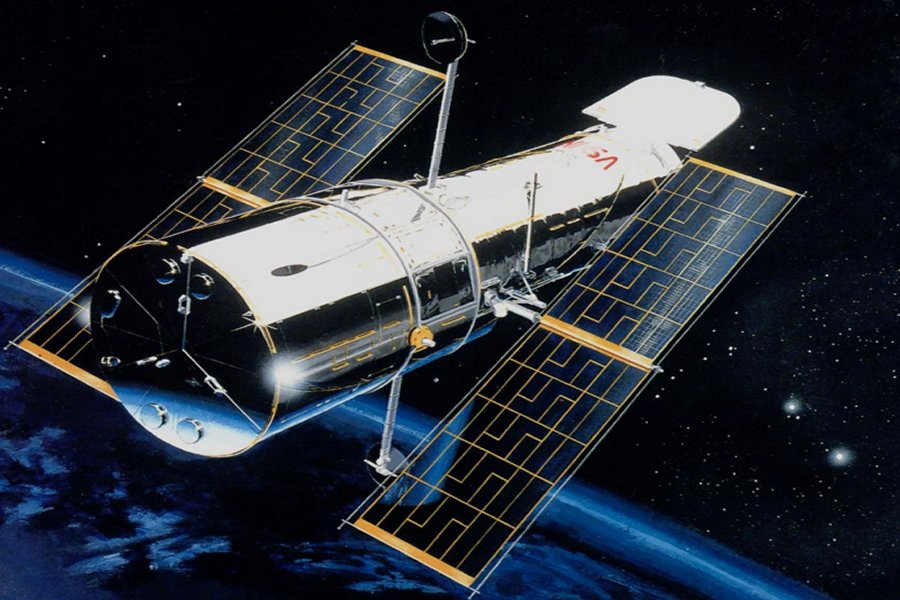
The disturbance could have been caused by a passing star that perturbed the inner planets, or a second massive planet in the system. The GPI team looked for another large planet closer to the star that may have interacted with the exoplanet, but found nothing outside of a Uranus-sized orbit.
Images from the GPI and the Hubble Space Telescope show that the star has a lopsided comet belt indicative of a very disturbed solar system, and hinting that the planet interactions that roiled the comets closer to the star might have sent the exoplanet into exile as well.
Astronomers first targeted the star in search of other planets in May 2015 and discovered that it was surrounded by a ring of dusty material very close to the size of our own solar system’s Kuiper Belt. The emptiness of the central region – an area about 50 AU in radius, slightly larger than the region occupied by planets in our solar system – indicates that a planetary system has formed there.
Subsequently, they reanalyzed existing images of the star and discovered that the ring of dusty material extended much farther away and was extremely lopsided. On the side facing the planet, the dusty material was vertically thin and spanned nearly the huge distance to the known planet, but on the opposite side the dusty material was vertically thick and truncated.
“These discoveries suggest that the entire planetary system has been recently jostled by an unknown perturbation to its current asymmetric state,” Kalas said. The planet is also unusual in that its orbit is possibly tilted 21 degrees away from the plane of the inner planetary system, whereas most planets typically lie close to a common plane.”
The investigators will continue observations with the Hubble Space Telescope to determine if HD 106906b is in fact one of the first exoplanets that resembles Saturn and its ring system.
A paper was published in The Astrophysical Journal on Nov. 20, 2015.
MessageToEagle.com
source:



